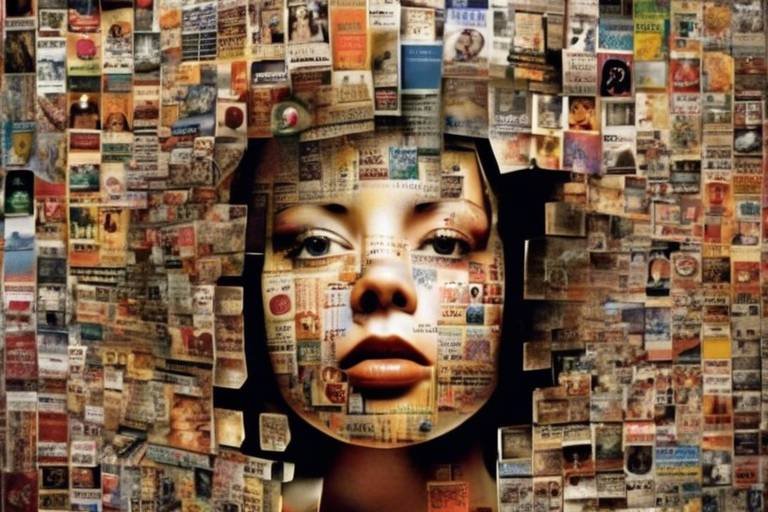The Aesthetic Traditions of Renaissance Art
The Renaissance period in art history stands as a beacon of creativity and innovation, where artists pushed the boundaries of artistic expression to new heights. This era, known for its revival of classical ideals and humanistic values, gave birth to a rich tapestry of aesthetic traditions that continue to influence and inspire artists and art enthusiasts alike.
During the Renaissance, artists were deeply influenced by the art and culture of classical antiquity, particularly ancient Greece and Rome. Drawing inspiration from the idealized human forms, mythological themes, and architectural principles of the past, Renaissance artists infused their works with a sense of grandeur and harmony that echoed the beauty of the ancient world.
Humanism played a pivotal role in shaping Renaissance art, shifting the focus from religious subjects to the individual, human emotions, and the natural world. This embrace of humanistic values led to a renewed interest in portraying the complexities of human experience, giving rise to a more secular and human-centered approach to art.
One of the hallmarks of Renaissance art was the development of innovative techniques that revolutionized the way artists depicted space, light, and form. The use of perspective, chiaroscuro, sfumato, and other methods allowed artists to create realistic and dynamic compositions that captured the essence of the physical world with unprecedented accuracy.
Iconic figures such as Leonardo da Vinci, Michelangelo, Raphael, and Botticelli emerged during the Renaissance, leaving behind a legacy of masterpieces that exemplify the aesthetic ideals and technical prowess of the era. Their works continue to captivate audiences with their beauty, complexity, and emotional depth.
Religious themes and symbolism pervaded Renaissance art, reflecting the spiritual beliefs of the time and the patronage of the Church. Paintings, sculptures, and architecture were imbued with sacred imagery, blending the divine with the earthly in a harmonious union of faith and artistic expression.
The rise of portraiture as a prominent genre in Renaissance art highlighted the importance of individual identity and expression. Artists sought to capture the unique likeness, personality, and status of their subjects, creating intimate and lifelike portraits that celebrated the diversity of human experience.
Classical mythology and allegorical themes experienced a revival during the Renaissance, adding layers of meaning and symbolism to artworks. Through mythological narratives and symbolic imagery, artists conveyed moral lessons, virtues, and vices, enriching their compositions with hidden depths of interpretation.
The enduring legacy of Renaissance art continues to shape and inspire artists and art movements to this day. Its influence can be seen in the cultural developments of subsequent eras, as well as in the continued appreciation and study of the period's aesthetic traditions in the modern world.

Classical Antiquity Influence
Exploring the artistic styles, techniques, and themes that defined the Renaissance period in art history, showcasing the influence of classical antiquity, humanism, and perspective in creating masterpieces that continue to inspire and captivate audiences worldwide.
The influence of classical antiquity on Renaissance art was profound and far-reaching. Renaissance artists looked back to the art and culture of ancient Greece and Rome for inspiration, seeking to revive the ideals of beauty, harmony, and proportion that characterized classical art. They incorporated elements such as idealized human forms, mythological themes, and architectural principles into their works, aiming to capture the essence of classical aesthetics.
By studying and emulating the works of ancient masters, Renaissance artists gained a deeper understanding of anatomy, composition, and perspective. They sought to achieve a level of realism and naturalism that reflected the classical ideals of beauty and balance. The revival of classical antiquity in Renaissance art not only elevated the status of artists but also laid the foundation for the development of new artistic techniques and styles.
One of the key aspects of the classical antiquity influence was the portrayal of the human figure. Artists like Leonardo da Vinci and Michelangelo studied the proportions and musculature of the human body, striving to create lifelike representations that captured the beauty and grace of the human form. Mythological themes, such as the tales of Greek and Roman gods and heroes, provided artists with rich subject matter that allowed them to explore complex emotions, narratives, and symbolism.
In addition, the architectural principles of ancient Greece and Rome played a significant role in shaping Renaissance art and architecture. The use of columns, arches, and domes in buildings, as well as the incorporation of perspective and symmetry, reflected the influence of classical design principles. Artists like Raphael drew inspiration from classical architecture in their compositions, creating harmonious and balanced visual arrangements that echoed the grandeur of ancient structures.
The classical antiquity influence in Renaissance art not only celebrated the achievements of the past but also laid the groundwork for the artistic innovations and masterpieces that defined the era. By embracing the ideals of classical beauty, harmony, and proportion, Renaissance artists transformed the artistic landscape and created works that continue to inspire and captivate audiences to this day.

Humanism in Art
Exploring the artistic styles, techniques, and themes that defined the Renaissance period in art history, showcasing the influence of classical antiquity, humanism, and perspective in creating masterpieces that continue to inspire and captivate audiences worldwide.
Humanism played a pivotal role in shaping Renaissance art, emphasizing the celebration of the individual, human emotions, and the beauty of the natural world. Artists of this period shifted their focus from solely religious subjects to encompass a broader range of secular themes, reflecting a newfound appreciation for human experiences and achievements.
The integration of humanism in art led to the portrayal of realistic human figures with intricate emotions and expressions, capturing the essence of individuality and humanity. Paintings and sculptures began to depict everyday scenes, showcasing the complexities of human relationships, emotions, and interactions with the world around them.
Renaissance artists like Leonardo da Vinci and Raphael embraced humanism by infusing their works with a deep sense of humanity and emotion. They sought to convey the depth of human experience through their art, exploring the complexities of the human psyche and the beauty of individual expression.
Furthermore, humanism in art sparked a renewed interest in the natural world, with artists meticulously studying anatomy, botany, and the physical environment to create more realistic and detailed representations. This shift towards human-centered art revolutionized the way artists approached their craft, leading to a profound transformation in artistic expression and representation.

Techniques and Innovations
The Renaissance period was a time of remarkable innovation and experimentation in art, with artists pushing the boundaries of traditional techniques to create visually stunning masterpieces that still captivate audiences today. One of the most revolutionary advancements during this time was the development of perspective. Artists like Leonardo da Vinci and Filippo Brunelleschi explored the concept of perspective, allowing them to create more realistic and immersive scenes by accurately depicting depth and spatial relationships.
Another groundbreaking technique that emerged during the Renaissance was chiaroscuro, a method of using strong contrasts between light and dark to create a sense of volume and three-dimensionality in paintings. This technique, mastered by artists like Caravaggio, added drama and intensity to their works, drawing the viewer's eye to key elements within the composition.
Sfumato, a technique developed by Leonardo da Vinci, involved the subtle blending of colors and tones to create soft transitions between light and shadow. This technique was particularly evident in da Vinci's famous painting, the Mona Lisa, where the delicate gradations of color in the subject's skin give her an enigmatic and lifelike quality.
Furthermore, Renaissance artists also experimented with new materials and methods of representation, such as the use of oil paint on canvas, which allowed for greater detail, richness of color, and durability in their works. This shift from traditional fresco painting to oil painting revolutionized the art world, giving artists more flexibility and control over their compositions.
Overall, the techniques and innovations of the Renaissance period transformed the way art was created and experienced, setting the stage for future generations of artists to continue pushing boundaries and exploring new artistic possibilities.

Iconic Renaissance Artists
Exploring the artistic styles, techniques, and themes that defined the Renaissance period in art history, showcasing the influence of classical antiquity, humanism, and perspective in creating masterpieces that continue to inspire and captivate audiences worldwide.
During the Renaissance period, several artists emerged whose works have become iconic representations of the era's aesthetic ideals and technical excellence. These artists not only contributed significantly to the development of art but also left a lasting legacy that continues to influence the art world today.
One of the most celebrated artists of the Renaissance is Leonardo da Vinci, known for his masterpieces such as the Mona Lisa and The Last Supper. Da Vinci's innovative techniques, meticulous attention to detail, and profound understanding of human anatomy set him apart as a true Renaissance genius.
Michelangelo is another prominent figure in Renaissance art, renowned for his awe-inspiring sculptures like David and Pieta, as well as his magnificent frescoes in the Sistine Chapel. His ability to capture the human form with unparalleled skill and emotion solidified his place as one of the greatest artists of all time.
Raphael, known for his harmonious compositions and graceful figures, created timeless works such as The School of Athens and The Sistine Madonna. His contributions to the art world, particularly in the realm of portraiture and religious paintings, continue to be revered for their beauty and elegance.
Sandro Botticelli is celebrated for his ethereal and poetic style, exemplified in works like The Birth of Venus and Primavera. His use of delicate lines, vibrant colors, and mythological themes captured the essence of the Renaissance spirit, making him a key figure in the art movement.
These iconic Renaissance artists not only shaped the artistic landscape of their time but also paved the way for future generations of artists to explore new possibilities and push the boundaries of creativity and expression.
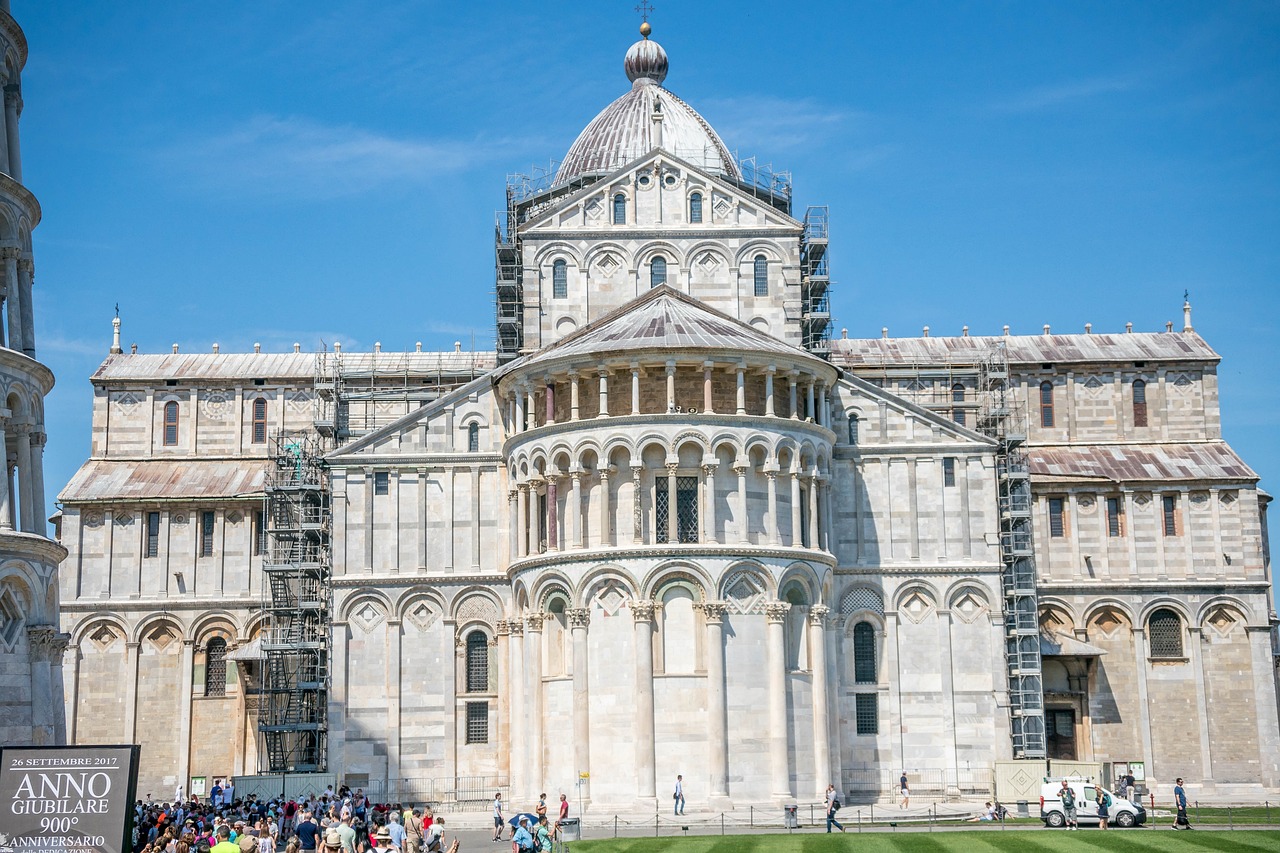
Religious Themes and Symbolism
Religious themes and symbolism played a significant role in shaping Renaissance art, reflecting the spiritual beliefs and patronage of the Church during this period. Artists often infused their works with religious narratives, symbols, and iconography, creating pieces that served both a sacred and secular purpose. The blending of sacred and profane elements in paintings, sculptures, and architectural designs showcased the interconnectedness of religion and daily life in Renaissance society.
One of the prevalent themes in religious art was the depiction of biblical stories and figures, such as the life of Christ, the Virgin Mary, and the saints. These subjects were portrayed with a sense of reverence and devotion, capturing the essence of faith and spirituality through intricate details and emotive expressions. The use of symbolism, such as halos, crosses, and biblical motifs, added layers of meaning and conveyed deeper theological messages to viewers.
Furthermore, the patronage of the Church played a crucial role in commissioning religious artworks, leading to the creation of grand altarpieces, frescoes, and sculptures that adorned churches and cathedrals. These works not only served as visual representations of religious teachings but also as tools for worship and contemplation, inviting the faithful to engage with their faith on a profound level.
Symbolism was also prominently featured in Renaissance art, with artists using allegorical representations to convey moral lessons and spiritual truths. The use of symbolic imagery, such as animals, plants, and objects, added symbolic significance to artworks, inviting viewers to interpret hidden meanings and contemplate the deeper significance behind the visual elements.
In conclusion, religious themes and symbolism in Renaissance art exemplified the fusion of faith, artistic expression, and cultural values, creating a rich tapestry of visual storytelling that continues to captivate audiences with its spiritual depth and symbolic resonance.
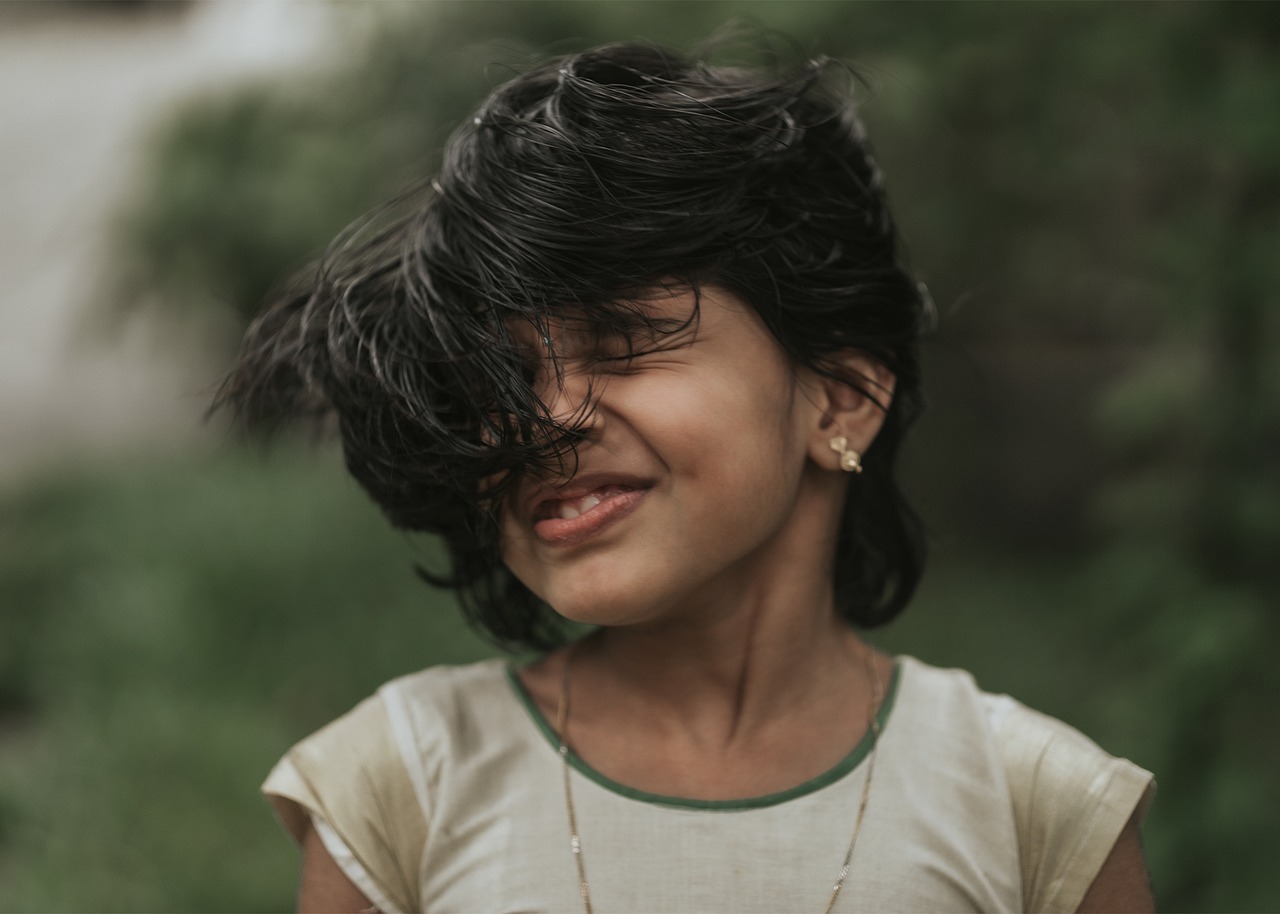
Portraiture and Individualism
Portraiture and individualism played a significant role in the evolution of Renaissance art, capturing the essence of human identity and expression in a profound manner. Artists during this period began to focus on portraying not only the physical likeness of their subjects but also their inner emotions, personality, and social status. Through meticulous attention to detail and a deep understanding of human anatomy, Renaissance painters were able to create lifelike portraits that revealed the uniqueness and individuality of each person.
One of the key aspects of portraiture in Renaissance art was the ability to convey the sitter's character and status through symbolic elements within the painting. Artists often included objects, clothing, or backgrounds that represented the subject's profession, interests, or social standing, adding layers of meaning to the portrait. This attention to detail and symbolism not only made the portraits visually appealing but also provided insight into the personality and identity of the individuals depicted.
Moreover, the rise of portraiture as a prominent genre in Renaissance art reflected the growing emphasis on individualism and the celebration of human achievements. Portraits became a way for individuals to immortalize themselves, leaving a lasting legacy for future generations. The meticulous craftsmanship and attention to detail in these portraits showcased the technical skill and artistic prowess of Renaissance painters, elevating portraiture to a form of art that captured the essence of human existence.
Furthermore, the development of portraiture during the Renaissance era marked a shift from the traditional focus on religious or mythological subjects to a more secular and human-centered approach. Artists began to explore the complexities of human emotions, expressions, and identities, paving the way for a new era of artistic expression that celebrated the beauty and diversity of the human experience.
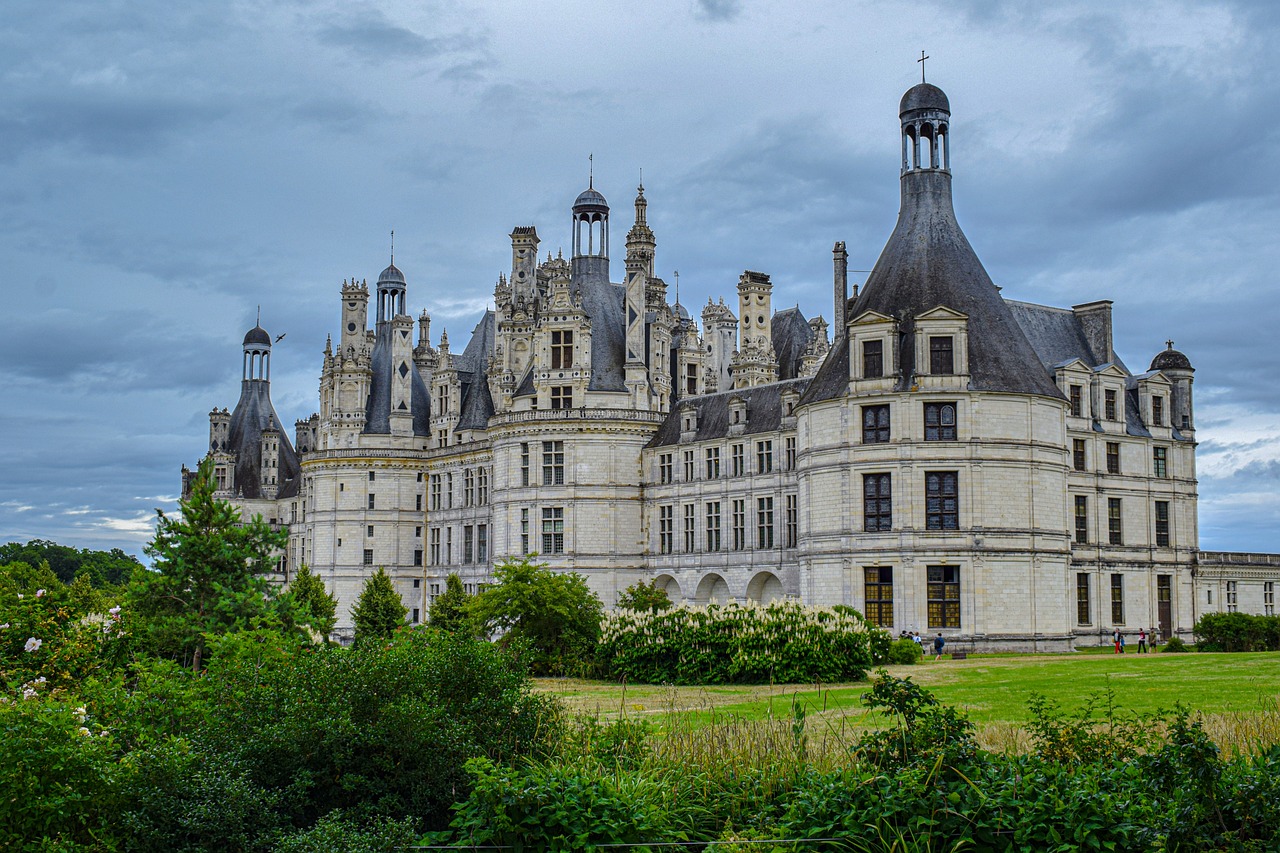
Revival of Mythology and Allegory
During the Renaissance period, there was a notable resurgence in the depiction of classical mythology and allegorical themes in art. Artists drew inspiration from ancient Greek and Roman myths, infusing their works with symbolic imagery and narratives that conveyed deeper meanings and moral lessons. Mythological figures such as gods, goddesses, and heroes were portrayed in paintings and sculptures, symbolizing virtues, vices, and various aspects of the human experience.
Allegory played a significant role in Renaissance art, allowing artists to convey complex ideas and concepts through symbolic representation. Allegorical paintings often featured personifications of abstract ideas like love, death, and time, using visual metaphors to communicate philosophical, moral, or political messages. These allegorical works added layers of meaning and symbolism to the artistic creations of the period, inviting viewers to interpret and contemplate the hidden messages within the artwork.
The revival of mythology and allegory in Renaissance art not only enriched the visual language of the era but also provided artists with a powerful tool for expressing universal truths and exploring the complexities of the human condition. By infusing their works with mythological narratives and allegorical symbols, Renaissance artists created timeless masterpieces that continue to fascinate and inspire audiences with their depth and allegorical richness.
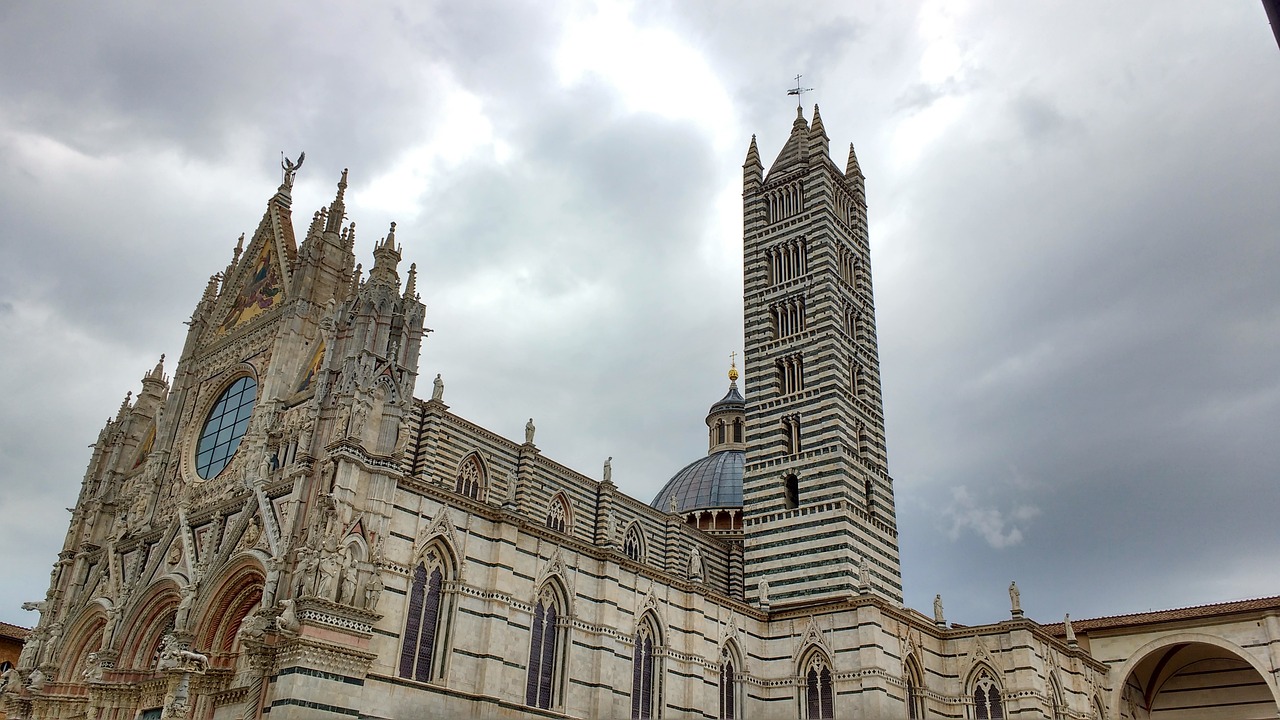
Legacy and Influence
Reflecting on the enduring legacy and influence of Renaissance art is akin to tracing the roots of a towering tree that has cast its shade over the artistic landscape for centuries. The Renaissance period, with its groundbreaking artistic styles and innovative techniques, has left an indelible mark on the world of art, shaping subsequent movements and inspiring generations of artists.
One of the most remarkable aspects of the Renaissance legacy is its profound impact on the development of art and culture. The period's emphasis on realism, perspective, and human anatomy revolutionized the way artists approached their craft, setting new standards of excellence that continue to resonate in contemporary art practices.
Moreover, the Renaissance era's celebration of individual creativity and expression laid the foundation for the concept of artistic genius, elevating artists from mere craftsmen to visionary creators whose works transcend time and space.
Through the meticulous brushstrokes of Leonardo da Vinci, the sculptural grandeur of Michelangelo, and the ethereal beauty of Raphael's paintings, the Renaissance masters not only captured the essence of their time but also established a timeless aesthetic language that speaks to the universal aspirations of humanity.
Furthermore, the Renaissance's fusion of art, science, and philosophy fostered a multidisciplinary approach to creativity that continues to influence diverse fields, from architecture and literature to technology and design.
As we marvel at the masterpieces of the Renaissance, we are reminded of the power of art to transcend boundaries, connect cultures, and inspire change. The legacy of Renaissance art endures as a testament to the enduring quest for beauty, truth, and innovation that defines the human spirit.
Frequently Asked Questions
- What is the significance of classical antiquity influence in Renaissance art?
The influence of classical antiquity in Renaissance art was profound, as artists looked to the art and culture of ancient Greece and Rome for inspiration. This influence can be seen in the idealized human forms, mythological themes, and architectural principles incorporated into their works.
- How did humanism impact the art of the Renaissance?
Humanism played a significant role in Renaissance art by shifting the focus from religious to secular subjects. Artists began to portray the individual, human emotions, and the natural world in their works, reflecting a newfound interest in humanistic values and the beauty of the world around them.
- What were some of the innovative techniques developed during the Renaissance?
The Renaissance was a time of great innovation in art, with artists developing techniques such as perspective, chiaroscuro, and sfumato. These methods revolutionized the depiction of space, light, and form in art, leading to a more realistic and dynamic representation of the world.
- Who were some of the iconic artists of the Renaissance period?
The Renaissance produced many iconic artists whose works continue to inspire us today. Artists such as Leonardo da Vinci, Michelangelo, Raphael, and Botticelli are renowned for their masterpieces that exemplify the aesthetic ideals and technical prowess of the era.
- Why are religious themes and symbolism prevalent in Renaissance art?
Religious themes and symbolism were prevalent in Renaissance art due to the strong influence of the Church and the patronage of religious institutions. Artists often blended sacred and secular elements in their works, reflecting the spiritual beliefs of the time.










